I received a call from a body shop for a complaint of a no-start on a 2006 Ford Escape 2.3 Hybrid (Figure #1). The vehicle was involved in an accident and had damage to the front and the transmission housing. The shop had no choice but to replace the entire transaxle assembly to correct a problem with a damaged transmission case. They claimed that the engine ran before they installed the transaxle, but now the vehicle would not start. The shop was well aware of how to disable this hybrid vehicle by pulling the high voltage battery connector. They were also careful to take any precautionary measures to locate any damage to the orange high voltage cabling. Hybrid vehicles are not something to play around with if you are not properly trained on how they work, or if your not aware of the all the precautions you must take while working around them. One false move and you can be seriously injured or even killed. The body shop had no equipment to scan this vehicle, so they called me in for technical assistance.
When I arrived at the shop, I attempted to start the Escape and it would not do anything. I noticed that the “Red Triangle of Death” was lit up on the dash indicating a serious hybrid problem (Figure #2).This vehicle also uses a yellow wrench to alert the driver to a potential problem in the hybrid system, but that wasn’t the case today. The next steps I took were to put on my safety gloves, then my thinking cap, and I made sure I had plenty of coffee in me to keep me alert to my hybrid surroundings. This little Ford was not going to take the Tech Man out on this fine day. The shop did not even own a pair of safety gloves like the ones I carry on board my truck, which are rated at 500V and have to be sent in every three months to be tested for leaks and recertified for use in the field and returned with a new date stamp on them. I even own a set of insulated boots rated at 15 KVs (Figure #3) that were given to me by a friend who works for a public utility company just in case things get really heated up.
Replacing an entire transaxle assembly is a huge task, especially on a hybrid, and anything can go wrong during the process. I performed a visual inspection of their installation process, but did not see anything out of order. It seemed that everything was bolted up and plugged in properly. So, I next needed to hook up my Ford IDS factory scan tool so I could read any DTCs that could lead me in the right direction. Keep in mind that hybrids can use multiple computers to operate the hybrid system, so it’s important to check all the ECUs involved. I chose to pull codes from all the controllers at one time so that I could get the whole laundry list on this vehicle. The Powertrain Control Module had code P1A10 (Hybrid Powertrain Control Module-Battery Disabled), P1A14 (Hybrid Powertrain Control Module-Transmission Disabled), and U2510 (CAN communication bus fault), and the TCM had a code P0A0A (High Voltage Inter-lock Circuit).
I tried to use a common-sense approach to interpret the code descriptions without having to dig into an information system for help. The battery disable and high voltage inter-lock circuit faults directed my attention to safety devices used on this Escape. I walked over to the rear of the vehicle to check the battery disable plug located in the rear compartment
(Figure #4). A closer view shows that there are three possible positions the plug can be installed in (Figure #5-Lock, Unlock or Service Shipping).The body shop had properly reinstalled the service plug back in its original Lock position. I find quite a few of these plugs in the field that are not latched properly and cause the hybrid vehicle to be temporarily disabled. I even went a step further and removed the plug and used my special CAT5 hybrid-rated Fluke 1587 meter to test the fuse within the safety plug (Figure #6), and that was okay as well.
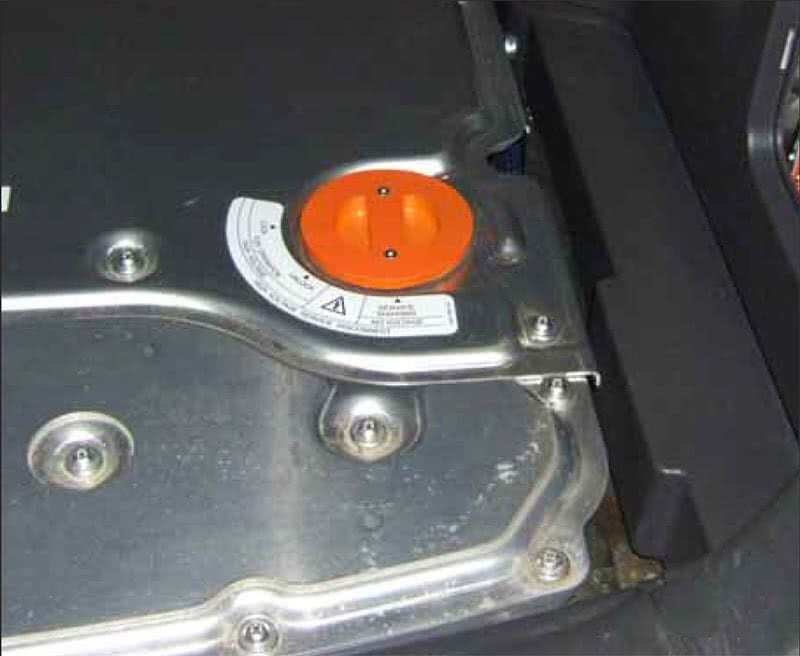
Also located in the rear compartment in the right rear quarter panel is a hybrid inertia switch (Figure #7), and in the right front kick panel there’s a fuel inertia switch. Most manufactures use just a high-voltage service plug, but ford uses an inertia switch to quickly disable the hybrid system during a collision. The rear inertia switch got triggered from the impact.
After I reset the hybrid inertia switch, I cleared all codes and attempted to start the vehicle again. Still nothing, and when I checked for codes again (Figures #8, #9, #10) the PCM code U2510 came back along with a new PCM code P1A0F (Hybrid Powertrain Control Module-Vehicle Disabled) and a new TCM code P1260 (Theft Detected-Vehicle Immobilized). I was unfamiliar with these codes, so I had to do some digging into my information systems and the Ford website. Having many resources helps to fine tune your diagnostics and quickly gets to the information you need to diagnose a vehicle. I found that the code P1A0F (Hybrid Powertrain Control Module-Vehicle Disabled) dealt with a failsafe mode of the PCM called LOS (Limited Operating Strategy). These LOS modes are made to manage vehicle operation in case of a failure in the engine, transmission, braking, or hybrid battery/charging system, and may put the vehicle into a limp-home mode, or disable it. The PCM LOS codes instruct you to look for failure codes within the PCM or other controllers that initiated the LOS mode and not to condemn the subsystem or component they describe.
I now gave more attention to the U2510 stored in the PCM. The IDS listed this code only as “CAN communication bus fault,” but that was very misleading because the Ford website specifically tagged the code as “Data Mismatch” with controllers on board. It specified to pull codes within the TCM to check for any errors and to check if the PCM or TCM differed in configuration data. If the configuration data in each controller did not match, then the anti-theft system would not allow the vehicle to run. At this point the wheels started turning in my head. I remembered that the body shop had told me that they had replaced the entire transaxle assembly. What they also replaced without knowing it was the TCM, which is located inside the transaxle assembly.
The TCM latched a code P1260 in memory because it did not belong in this vehicle, thus causing the PCM to go into an anti-theft mode. The PCM was in control of the PATS (Passive Anti-Theft System). It didn’t put the theft light on, but it did put the vehicle into a failsafe disable mode. There was no As Built data for the TCM on the Ford website for this particular vehicle, but there was a procedure to line up both the PCM and TCM if either controller was replaced. This was done by going to the PATS function main screen (Figure #11) and selecting Parameter Reset. This procedure lines up both modules like a welcome-home party so that they can be paired together. After this procedure was done, I erased all codes in memory and turned off the ignition. When I attempted to start the vehicle, it started up with no lights and everything was back to normal.
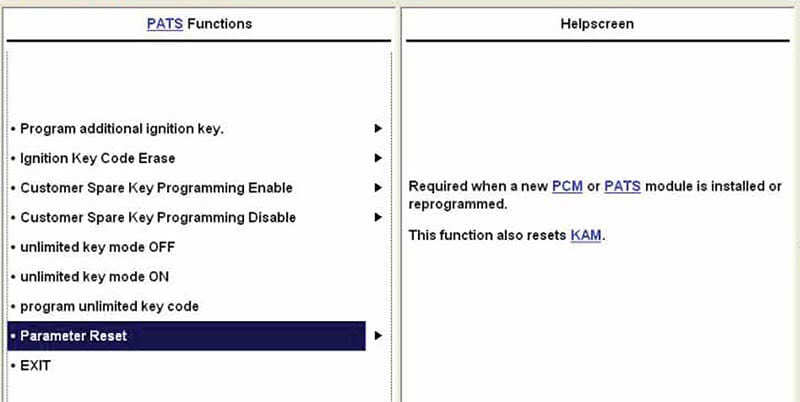
What a rollercoaster ride of events for this hybrid! It was a learning experience that makes you think beyond the norm when approaching a diagnostic routine. It is so important to understand that there are a lot of system strategies that you must learn as you go, and without the proper resources there is no way you will be able to unravel the problems you encounter in the field. Cars today are forever changing, and it can become very costly if you decide to be a parts changer. You need to constantly educate yourself to stay in the continuously-evolving training loop. It was not long ago (maybe a year) that I knew nothing about hybrids, but I took the time to sit through many hybrid classes, and even got some hands-on training so that I could successfully tackle these vehicles, and feel comfortable while doing it. I knew it will be a long uphill battle and a huge learning curve for me, but at least I took the time out to give it a try. I can only tell you that I was very charged and revved up when I did fix this Escape, which vehicle had tried to give me the electric slide by thinking it could outdo me. I hope this was a learning experience for you as well.
by John Anello,
“The Auto Tech on Wheels”

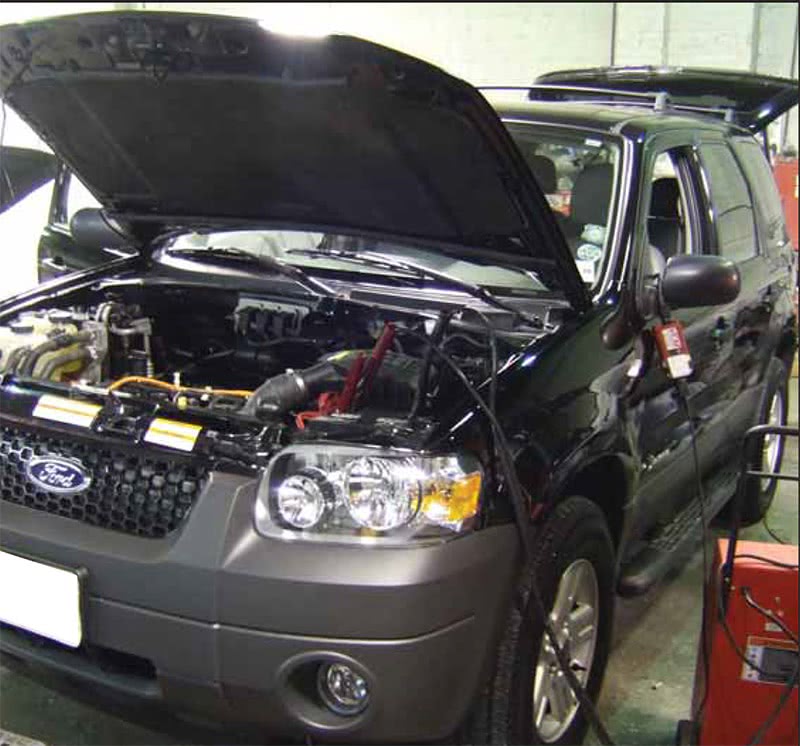
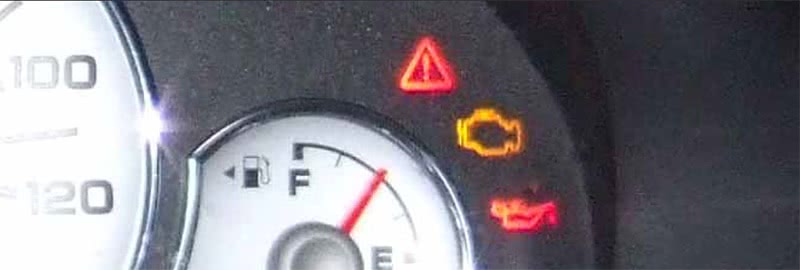
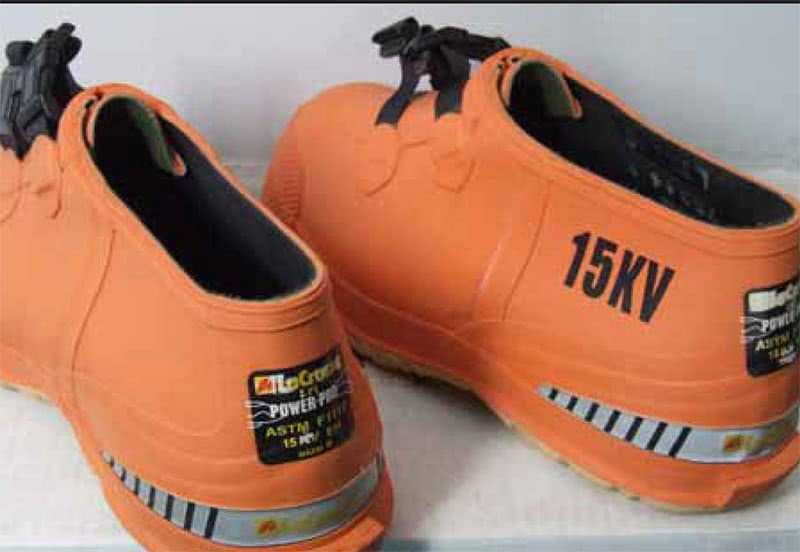

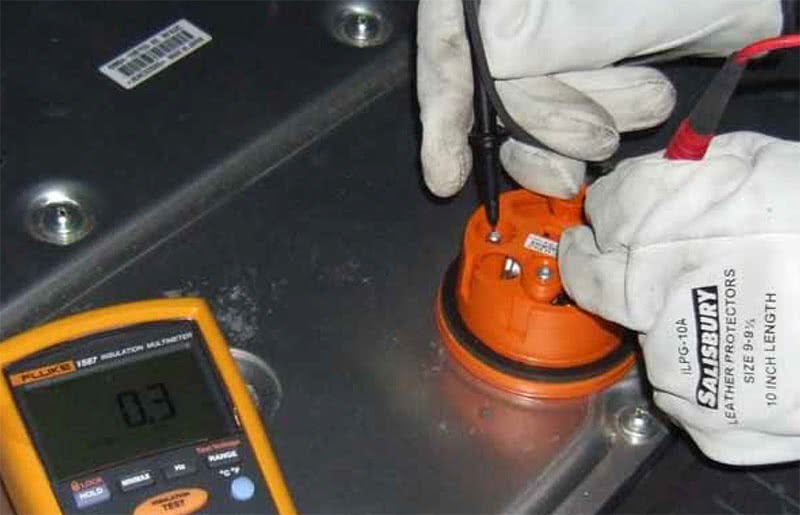
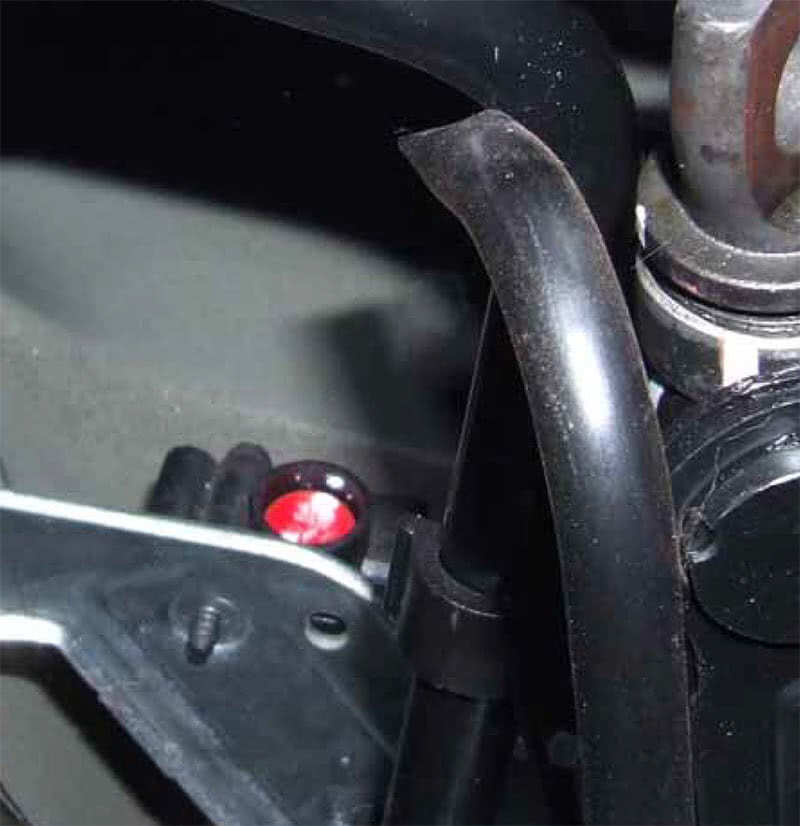
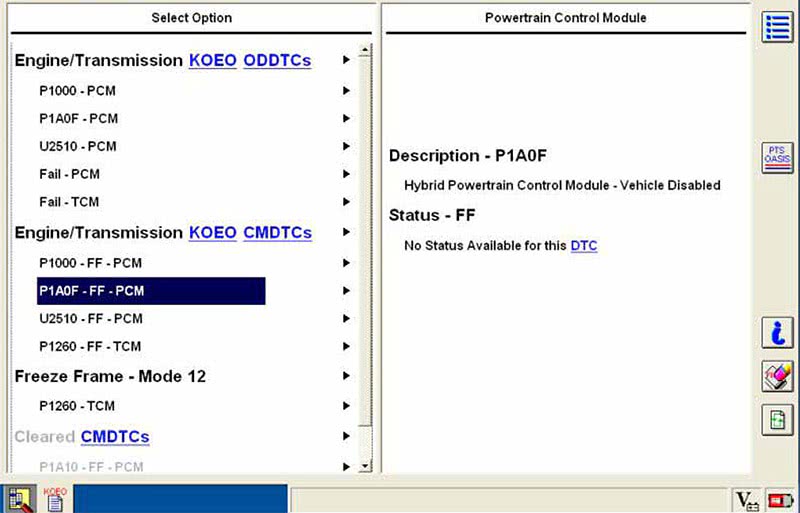
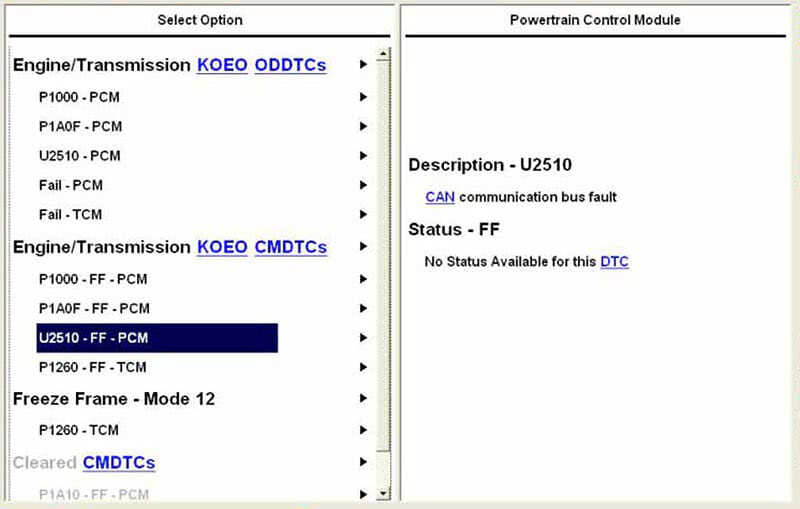
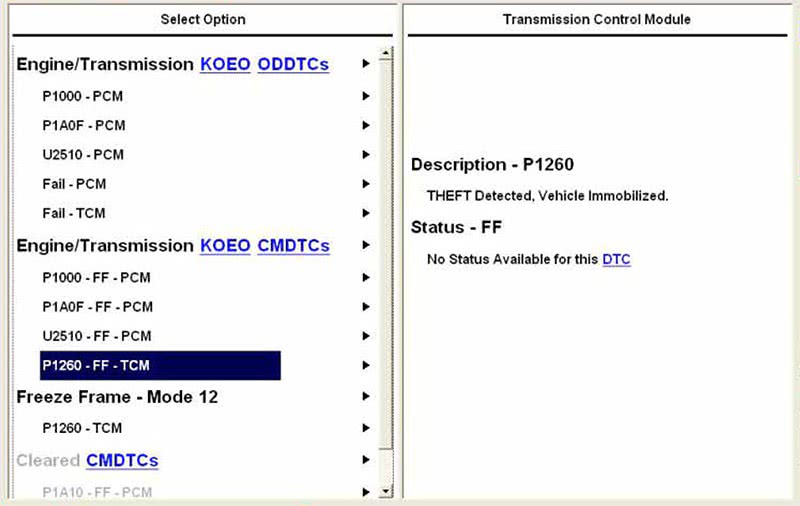
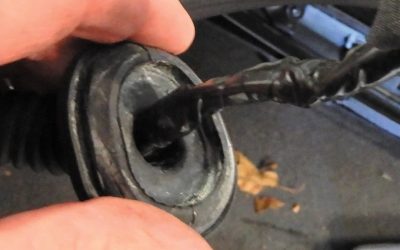
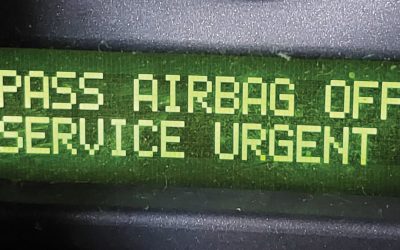
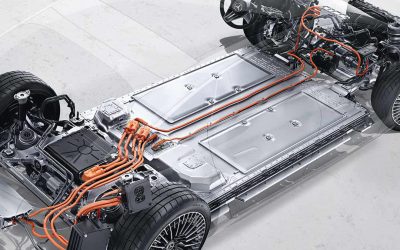
0 Comments